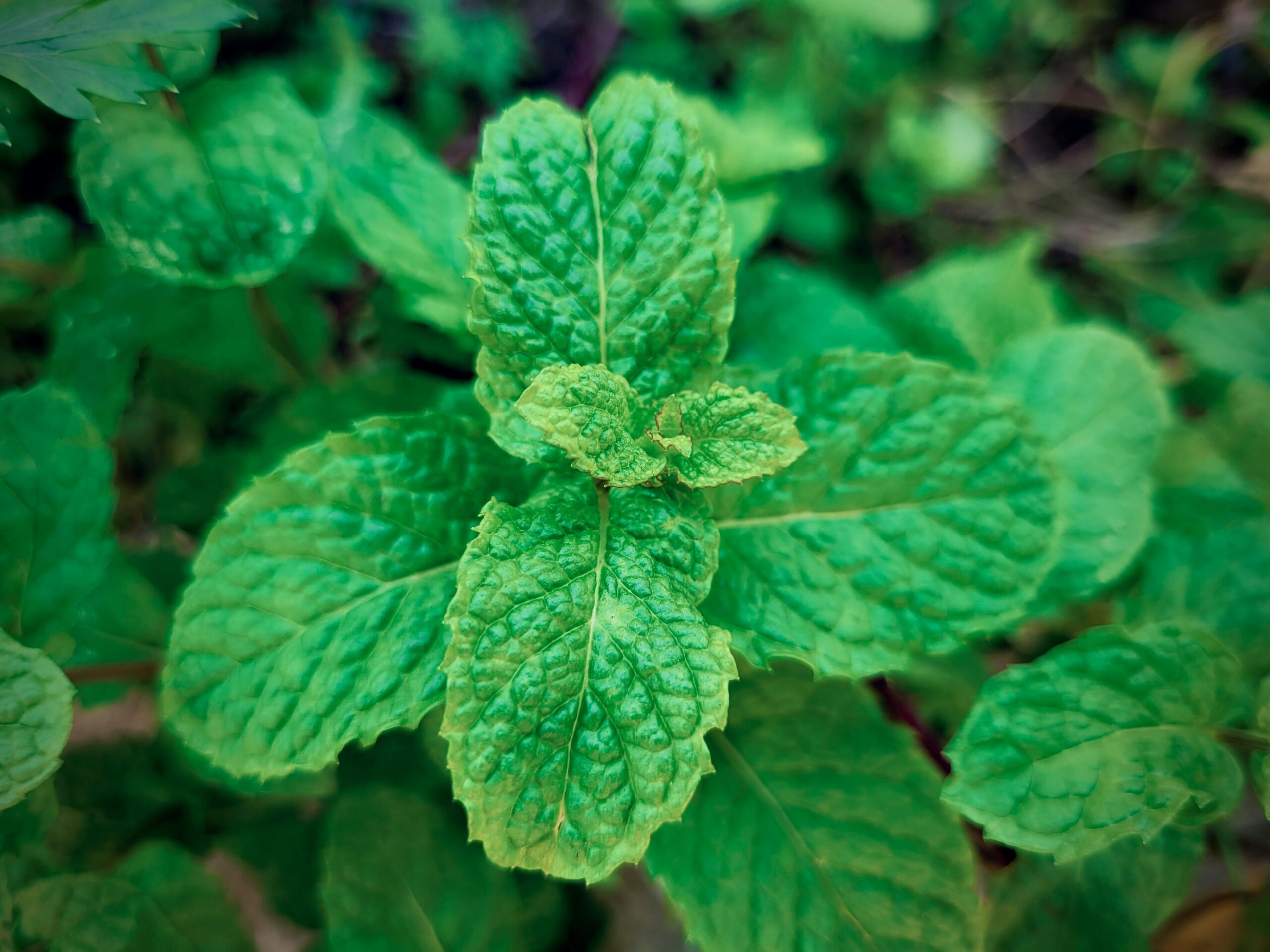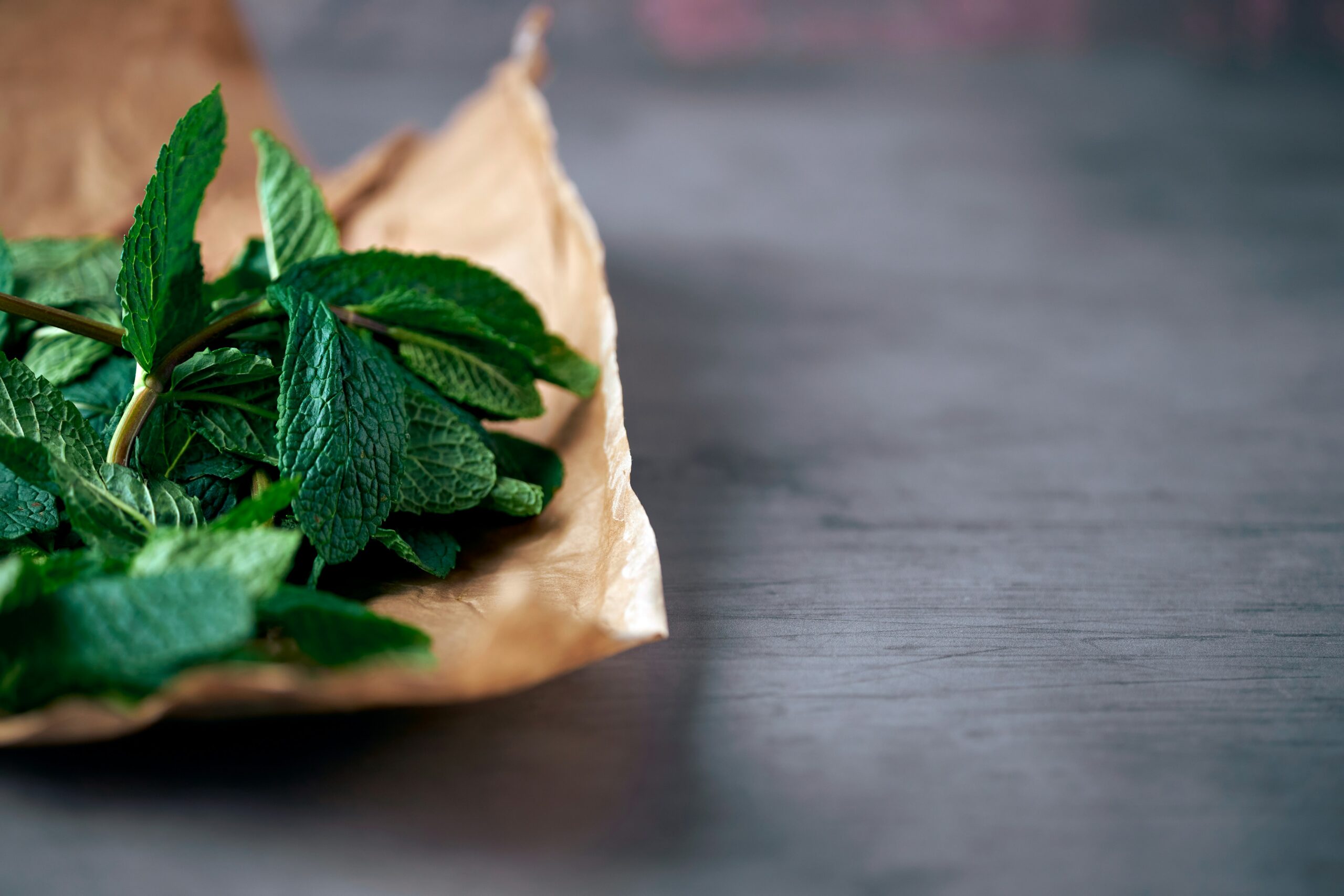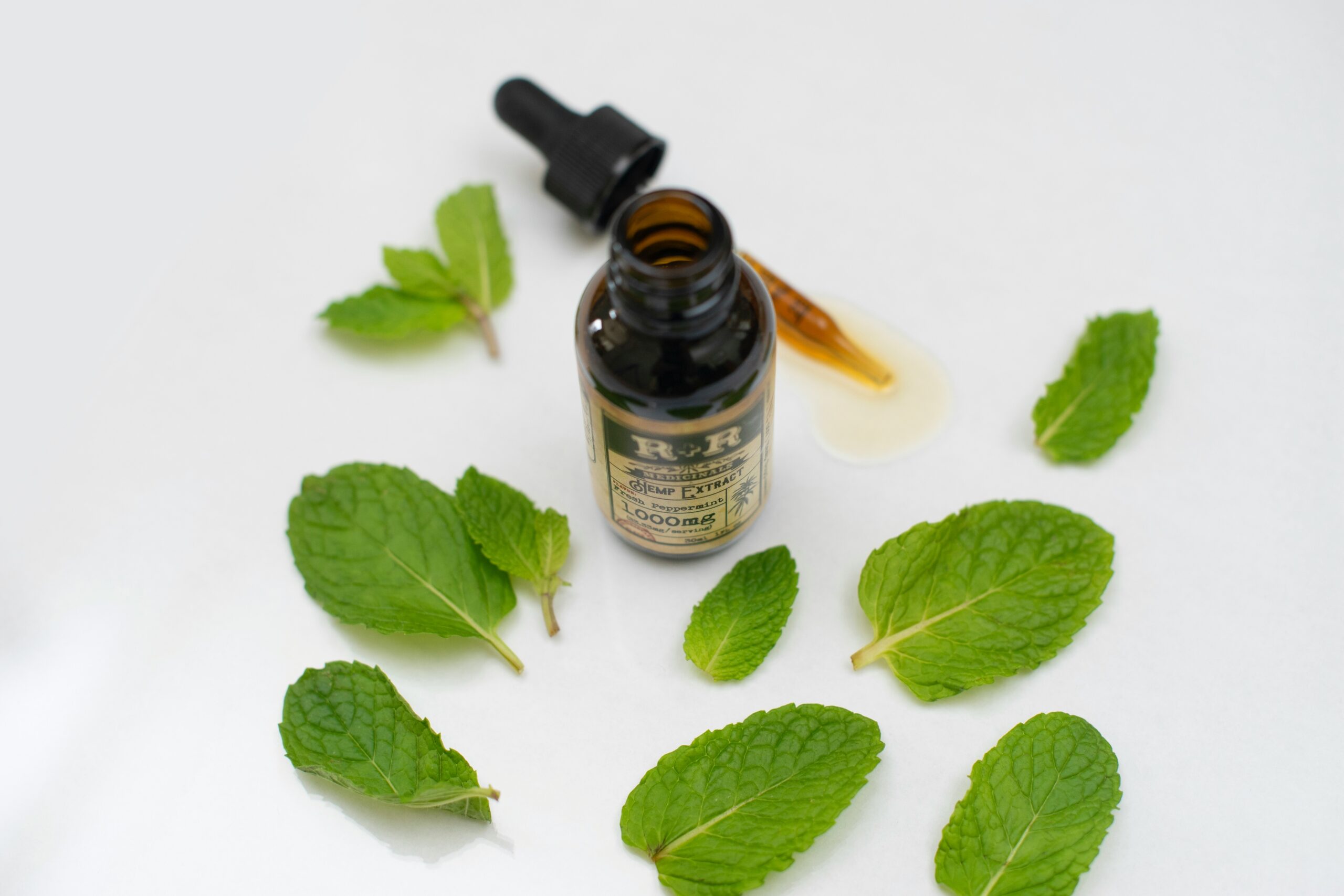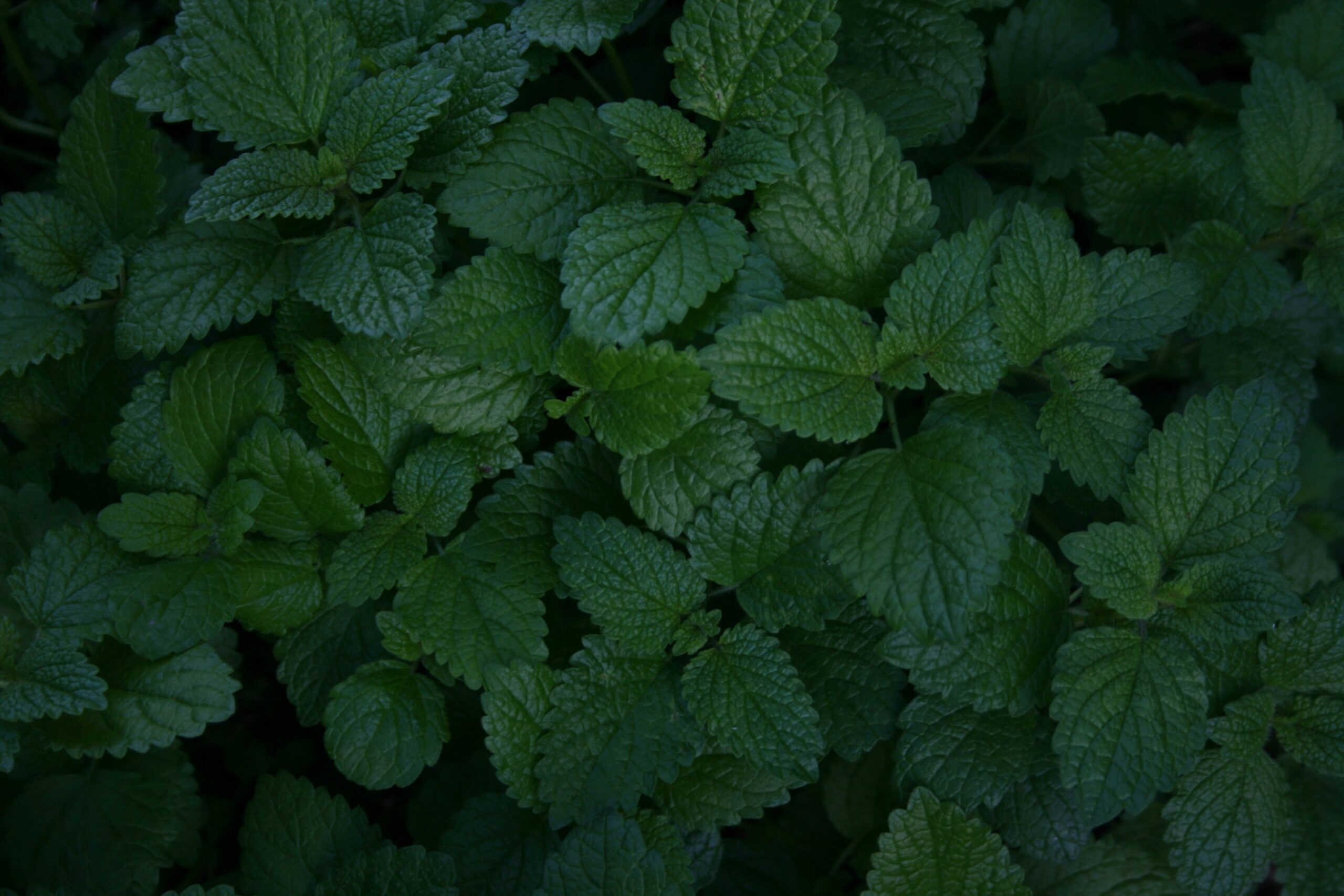Due to the numerous health-promoting properties of mint, it can be called a medicinal plant. Plants treat regular sicknesses and have hundreds of years of therapeutic practice. However, the modern era is characterized by a large percentage of medicinal drugs being plant-based.
There is an increasing interest in using medicinal products of plant origin because of the contraindications for almost all chemical drugs. Mentha is an important medicinal plant and one of the most widely accepted spices on the worldwide table.
Mentha species plants commonly find application in the food industry. Getting them has not only health effects but also odd taste and aroma. The flavor and fragrance are so pleasant that mint is often used in cooking as a flavoring agent for spices and food. Mentha is a genus of some of the most fragrant plants known in almost all parts of the earth. Different species may look like completely different plants. Different types of Mentha plants also have different aroma and flavor strengths.
Essential oils are mainly obtained from perennial plants of this genus and are found to be utilized in countries such as the US and India. Plant materials of fresh and dried mint are extensively used in industries as flavoring agents for health care, medicine, and cosmetics. Besides, the aromas and flavors of Mentha species provide important nutritional value to foods. Mentha species has indications and contraindications as an edible herb and medicinal product. Learn more about mint.

Mentha are perennial herbs that send out long, narrow rhizomes that allow perpetuation. They have broadly ovate leaves that are cordate at the base or ellipsoid. Mentha is a temperate herb that grows luxuriantly at low temperatures but can vary in environmental conditions. The common-looking plant possesses awesome power.
Mentha has many scientifically validated health properties due to the phytochemicals in the mint. Mint had been used for diseases even in ancient times. More specifically, all the components, such as Mentha leaves, stems, and roots, were employed in tribal and traditional healings. Mint's unique qualities have made it valuable, leading to its wide use in pharmaceuticals, foods, and beverages today. Compounds and flavoring agents from Mentha have immense potential for improving food quality inexpensively and sustainably through daily diet products.
These precious compounds of plant origin are getting more attention daily as antioxidants. Due to lots of research proving their good health values, mint leaves are also good sources of antioxidants. The presence of plentiful antioxidants that can inhibit or delay the oxidation of different molecules is a common feature of mentha plants. Mentha has a free radical scavenging effect and inhibits lipid peroxidation. The antioxidant activity of different mint types can differ. A major flavor component of most such compounds has been found in horsemint![]() . The antioxidant activity of various mint species can be applied safely to pharmaceuticals, foods, and cosmetics. The health benefits of Mentha plants assist in this through their antioxidant value.
. The antioxidant activity of various mint species can be applied safely to pharmaceuticals, foods, and cosmetics. The health benefits of Mentha plants assist in this through their antioxidant value.
Pathogenic strains of bacteria and fungi are vital causative agents of infectious diseases; however, other microorganisms also exist. Despite the current availability and use of effective antibiotics, many drug-resistant strains of microorganisms remain a serious health threat. This is why scientists are increasingly turning towards natural therapeutic approaches.
As a medicinal plant, Mint can effectively inhibit bacterial and fungal infections. The presence of volatile substances is the main reason for the antimicrobial effect of Mentha essential oils. They have shown antimicrobial activity against pathogens like Escherichia coli![]() and Streptococcus aureus
and Streptococcus aureus![]() . The efficacy of mint plants against some strains of bacteria will directly affect the future development of new plant-influenced medicines and food preservation.
. The efficacy of mint plants against some strains of bacteria will directly affect the future development of new plant-influenced medicines and food preservation.
Besides their antimicrobial properties, the Mentha species have been researched concerning possible use as antifungal agents against pathogenic molds. Moreover, the major compound of peppermint oil, menthol, has been indicated to be a natural antiviral and protective agent against Herpes simplex![]() . Thus, Mentha plants may be active against several pathogenic microorganisms.
. Thus, Mentha plants may be active against several pathogenic microorganisms.

Cancer has always been a continuous health challenge in modern medicine. It is a disease in which cells multiply with uncontrollable or unstoppable power in human bodies, leading to the death of patients. Since chemotherapy puts a great deal of pressure on and further harms well-being, the choice is centered around complementary treatments.
The scientists have tested several plant species for their anticancer properties, including several mint species. We reported the cytotoxic properties of mint essential oils against cancer cells. Mentha was potent in handling the anticancer effects of colon cancer![]() , laryngeal cancer
, laryngeal cancer![]() , and many other diseases. Mentha species have multiple bioactive constituents that show anticancer properties, promising this plant as a lead molecule for developing anticancer agents.
, and many other diseases. Mentha species have multiple bioactive constituents that show anticancer properties, promising this plant as a lead molecule for developing anticancer agents.
Researchers have presented that the antidiabetic potential of some Mentha oils and extracts is quite strong. Postprandial hyperglycemia![]() is significantly blocked. Hence, using Mentha species, directly or indirectly, decreases the risk of diabetic conditions. Although herbal medicines cannot cure diabetes, they may reduce signs and symptoms of high blood sugar levels and improve well-being as well as the efficiency of the body. But those who are diagnosed with diabetes, because the mint has a strong effect and the sugar may be lower than normal, seem to eat too much. The lack of glucose may also lead to different symptoms.
is significantly blocked. Hence, using Mentha species, directly or indirectly, decreases the risk of diabetic conditions. Although herbal medicines cannot cure diabetes, they may reduce signs and symptoms of high blood sugar levels and improve well-being as well as the efficiency of the body. But those who are diagnosed with diabetes, because the mint has a strong effect and the sugar may be lower than normal, seem to eat too much. The lack of glucose may also lead to different symptoms.
Some Mentha species produce antioxidant compounds that reduce cardiovascular disease risk. Mint is a powerful anti-inflammatory agent that works against acute and chronic infections. What is also interesting is that studies even later have stated that Mentha has the power to lower cholesterol levels![]() , too.
, too.
Mentha is a genus of plants with numerous bioactive compounds that have potential cardioprotective and other therapeutic effects. These compounds regulate a multitude of processes that confer cardioprotective effects. Mentha has also been associated with antiarrhythmic effects and heart rate normalization. Therefore, the consumption of Mentha can shield us from many heart-associated diseases. By way of illustration, mint antagonizes ischemic heart disease.
A few studies also supported the finding that Mint allows pulmonary surfactants to infiltrate air and restore lung function. Mint methanol also increases respiratory muscle strength and the end-expiratory level of oxygen in the body. Mentha can be used inhalation (as aromatherapy) to treat the respiratory tract and orally (as a rinse). So, mint is a positive herb for the lungs, bronchi, and nose.

Mint tea is among the most common treatments for digestive problems. It has long been used to relieve stomach pain and indigestion. Not only does Mentha cause increased secretion of gastric juice, but it also stimulates the production of bile, which is good for intestinal function. It also helps pass gas and has a relaxing effect on intestinal walls. It is advisable to take peppermint teas, which also have an anti-inflammatory and calming effect against stomach ulcers![]() .
.
Mint is a versatile herb that offers health benefits and cosmetic uses. Facial cosmetics contain mint oil. Menthol, which is included in the essential oil, acts positively on dull skin by lightening it and regulating sebum secretion. Mentha has a cooling, refreshing, and stimulating action on the skin. It helps to constrict blood vessels, which decreases redness.
Moreover, mint was used in traditional medicine for several skin diseases![]() . The plant, with its antibacterial, antipruritic, and anti-inflammatory activities, was applied locally on intact skin. The topical application of Mentha produced particularly good analgesic effects.
. The plant, with its antibacterial, antipruritic, and anti-inflammatory activities, was applied locally on intact skin. The topical application of Mentha produced particularly good analgesic effects.
Nutritional mint values will slightly differ depending on the type of Mentha. Similarly, the method of delivery of mint impacts nutrient levels. The phytochemicals of Mentha plants are used to enhance the flavor of food and beverages. Mint has various flavors, and it is the third-most wanted flavor in the world food market. Discover what gives Mentha its unique flavor and health profile through some fascinating ingredients.

Oils are volatile compounds that living organisms generate. Essential oils with varying compositions are found in Mentha species. Aromatherapy uses essential oil extracted from the leaves of the plant. Mentha oils are sometimes related to aroma, which may be used for chewing gums and dental pastes. But they have many other flavors that are also used in the food industry, including candy, dairy products, and beverages. Essential oils have a long history and are widely used in food and medicine.
Natural antioxidants like phenolic compounds are present in the Mentha. For instance, caffeic acid![]() and its derivatives are found in mint leaves. The acid is an antioxidant compound that provides mint with anti-inflammatory properties. In addition, the compound imparts antidiabetic and cardioprotective properties. Besides, quercitin
and its derivatives are found in mint leaves. The acid is an antioxidant compound that provides mint with anti-inflammatory properties. In addition, the compound imparts antidiabetic and cardioprotective properties. Besides, quercitin![]() and some other flavonoids have also been identified in this plant. It is a multipurpose beneficial mineral with many effects on the human body. Consumption of quercetin-rich ingredients confers health benefits, including a reduction in cardiovascular disease, cancer, and inflammation.
and some other flavonoids have also been identified in this plant. It is a multipurpose beneficial mineral with many effects on the human body. Consumption of quercetin-rich ingredients confers health benefits, including a reduction in cardiovascular disease, cancer, and inflammation.
Menthol is a major constituent of mint, and mint is the primary source of the essential oils found in the plant. The maximum amount of menthol is found in Mentha species. The minty flavor of Mentha is essentially menthol. The menthol impacts the oral cavity, giving a cooling sensation and acting on cold-sensitive receptors. It's a bitter molecule, so it physically activates taste and aroma. This gives off its mint flavoring into food products.
Because of its specific taste and smell, menthol is also used in natural perfumes, cosmetics, and other chemical preparations. Menthol is often acknowledged as a harmless ingredient of medicines or cosmetics, and its properties are mimicked. Menthol is an element in topical and oral medications for cooling and pain relief.

For centuries, herbs have been identified and implemented. They became popular hundreds of years ago and were used in folk medicine for centuries. There is a connotation of nature, health, and harmlessness with herbs. But surely, there is a way to use them without any risk. Measured in terms of side effects (including severe ones), medicinal plants like Mentha species are regarded as protectable medicaments. Moderation is also important. Manufacturers following dosages of mint products are the key. Patients should always check with a doctor or pharmacist about including an herbal product in their therapy.
Sensitive individuals may also experience allergic reactions. First, an allergy to mint usually manifests as skin symptoms. Leaves of Mentha can cause contact allergies, like in the case of a patient who developed contact stomatitis because of using essential oil as a toothpaste flavor. The primary allergens of mint are carvone![]() and limonene
and limonene![]() . Do not underestimate any allergies since some can cause serious consequences.
. Do not underestimate any allergies since some can cause serious consequences.
Fresh and mint products also cause side effects like vomiting, nausea, and headaches. Redness and sometimes even heartburn are also possible. The likely side effects are similar to the powerful effects that menthol naturally produces. For sensitive patients, inhaling menthol can also result in laryngeal spasms and apnea. Previous studies acknowledged that mint also contains menthol (which may produce mental symptoms such as confusion and depression).
It can also be specific to deficiencies caused by mint tea consumption, including iron![]() . Excessive mint consumption can lead to iron loss and anemia in the human body. Thus, mint-based herbal products may not be recommended for individuals with anemia.
. Excessive mint consumption can lead to iron loss and anemia in the human body. Thus, mint-based herbal products may not be recommended for individuals with anemia.
Mint components may also have demonstrated a hepatotoxic nature, according to scientists. Long-term administration of menthol resulted in the following: hepatocellular changes (weight loss, atony, and decreased creatinine levels in the powdered blood) and histopathological changes concerning the liver. For this reason, patients suffering from liver disease should avoid mint and the products derived from it. The other contraindication is biliary obstruction, for which peppermint oil should not be used. According to researchers, peppermint essential oil encourages bile fluid secretion, so the oil should be avoided in such patients.
Furthermore, peppermint oil is also contraindicated for infants![]() since it can cause some adverse effects, including pyrosis, bradycardia and muscle fasciculation, hypersensitivity reaction, contact dermatitis, abdominal pain, and jaundice. While peppermint oil directly applied to the skin can benefit older children and adults, it is not recommended for infants (because of apnea, bronchospasm, and laryngospasm). It may also trigger gastroesophageal reflux disease (GERD).
since it can cause some adverse effects, including pyrosis, bradycardia and muscle fasciculation, hypersensitivity reaction, contact dermatitis, abdominal pain, and jaundice. While peppermint oil directly applied to the skin can benefit older children and adults, it is not recommended for infants (because of apnea, bronchospasm, and laryngospasm). It may also trigger gastroesophageal reflux disease (GERD).